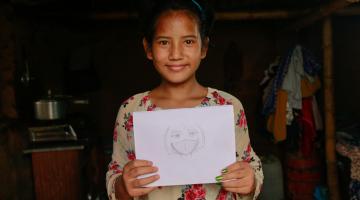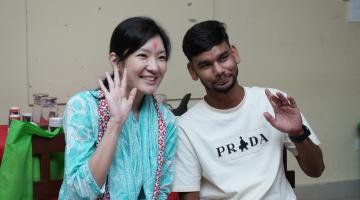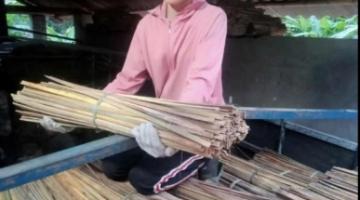Reflections on Famine Camp 2018
If you were told that you could only live off whatever you had in your backpack for two days, how would you feel?
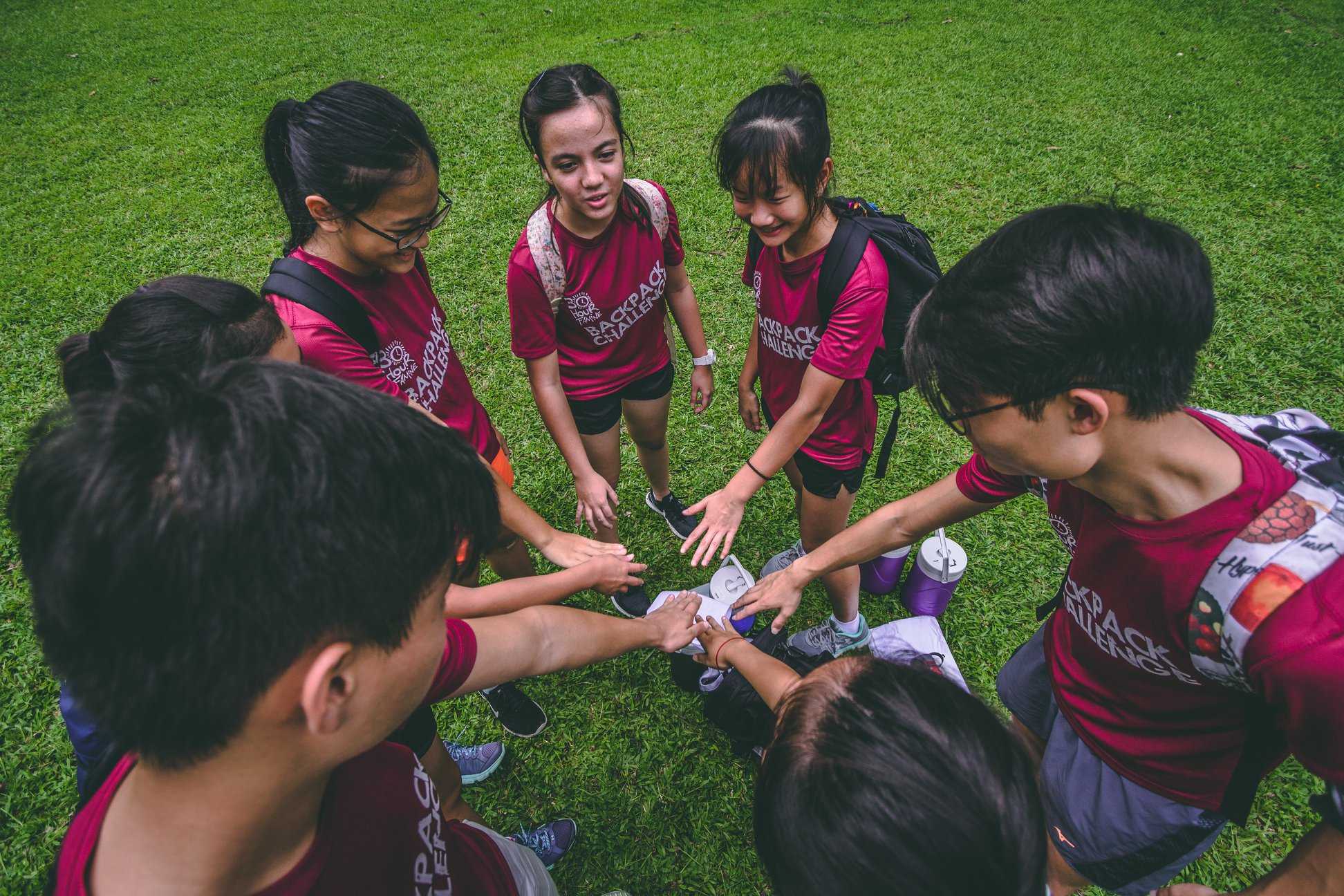
Youth from all over Singapore came to experience the Backpack Challenge
Based on my experience as a Famine Camper in 2013, and as a Famine Camp Leader in 2018, I would say that this year’s 30 Hour Famine Camp was by far the most challenging yet. But despite how arduous it was, the camp was also extremely meaningful in highlighting the plight of refugee children driven out of their home countries by conflict and persecution, as well as children displaced by natural disasters.
The experience of hunger, resource scarcity or conflict is something that hardly resonates with many youth living in Singapore. We often assume that our security will endure for years to come. Many of us hardly stop to think about the major global issues occurring in communities abroad that are less well-off. This is why the 30 Hour Famine Camp has such purpose and meaning: it challenges young campers in Singapore to walk in the shoes of children their age or younger, who struggle to survive in hostile environments in different parts of the world.
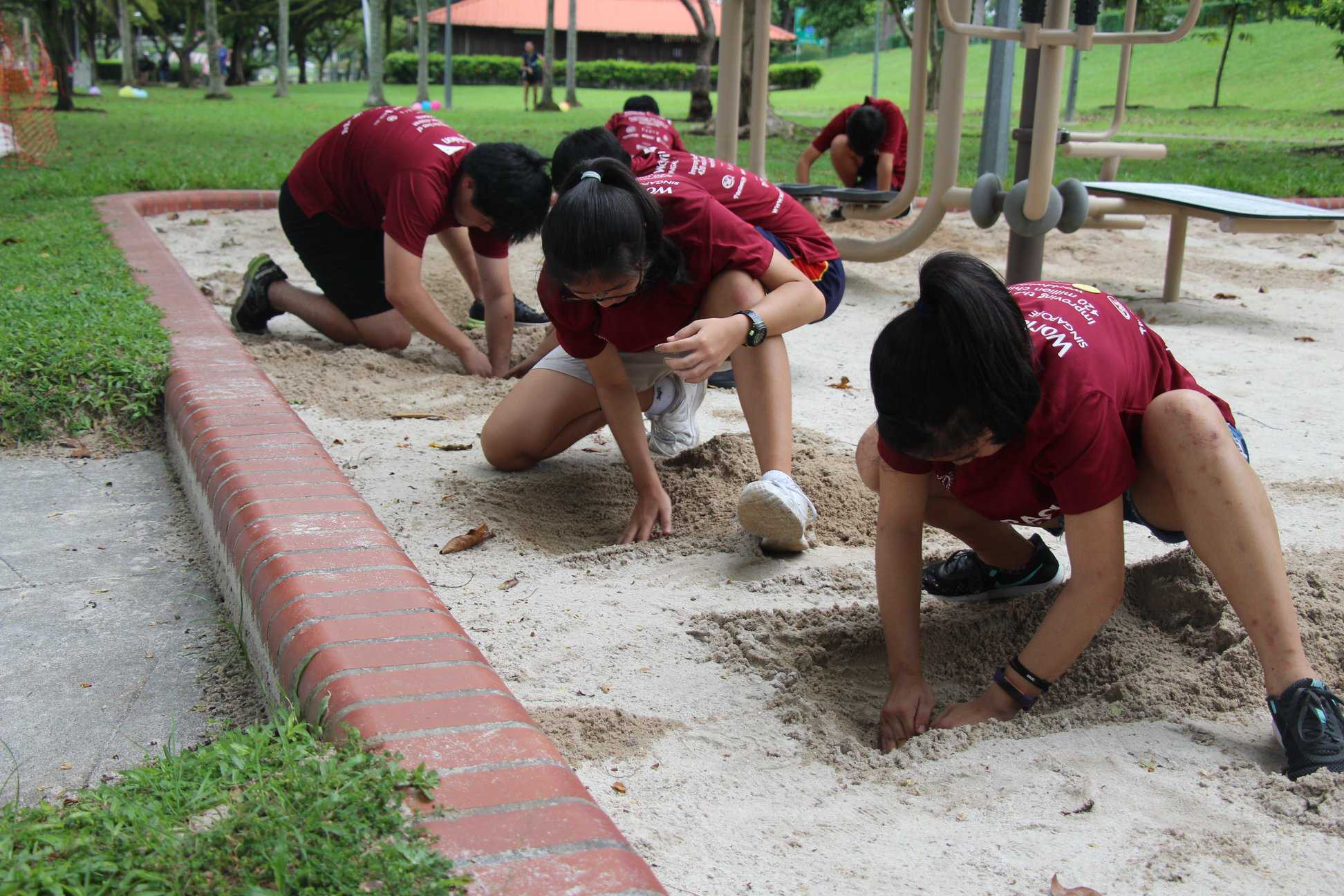
Activities were designed to help youth in Singapore understand the struggles of those in fragile contexts
This year’s camp took on a little twist in tradition. Campers were only allowed to pack their necessities into a backpack which they would carry around for the entire duration of the camp (this meant…no sleeping bags)! We embarked on an Amazing Race throughout northern Singapore, enjoyed a campfire at a campsite in Sembawang, participated in community service activities in partnership with different organisations, and ended off with a record-breaking advocacy activity and a closing celebration at Ngee Ann Polytechnic. As part of the camp experience, each camp team was introduced to the story of a child living in a community World Vision serves, and challenged to advocate on behalf of him or her.
Despite the rainy start on the morning of Day 1, I joined my fellow camp leaders and our campers as we streamed into Yishun Sports Hall, unfazed by the weather and excited about the camp. In true Amazing Race fashion, a Roadblock was called as the first task – one camper from each team was asked to search the length of the stadium gallery to find a clue to their first location. And so it was that various teams made their way to different Game Clusters situated at Sembawang Park, Yishun Pond Park and Lower Seletar Reservoir Park.
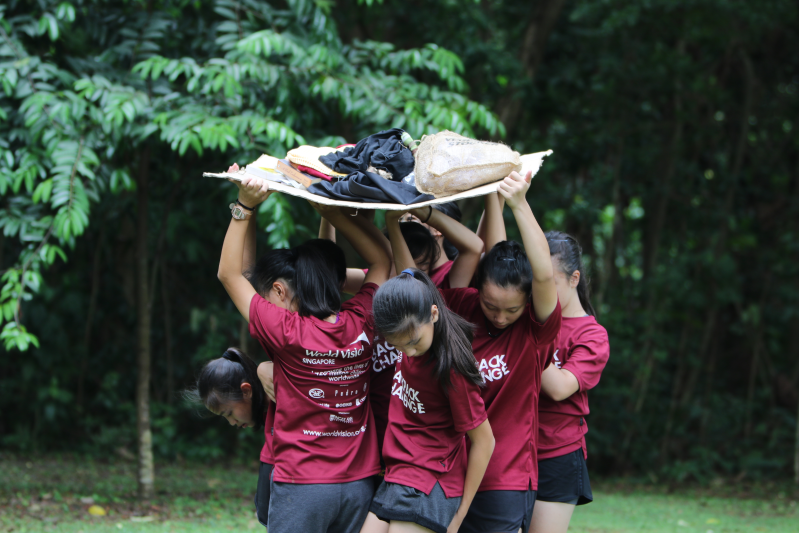
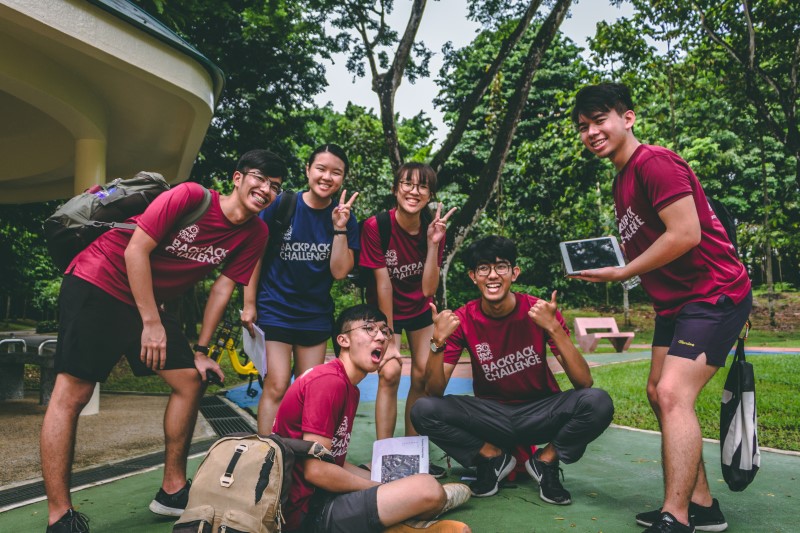
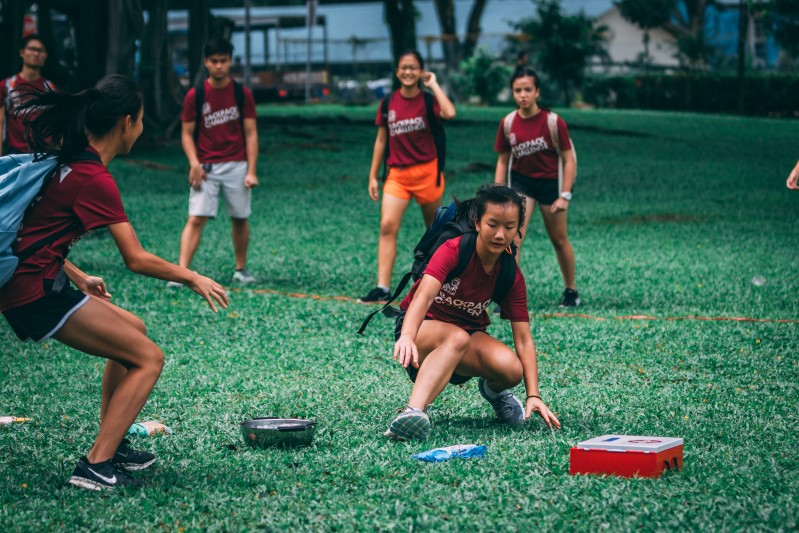
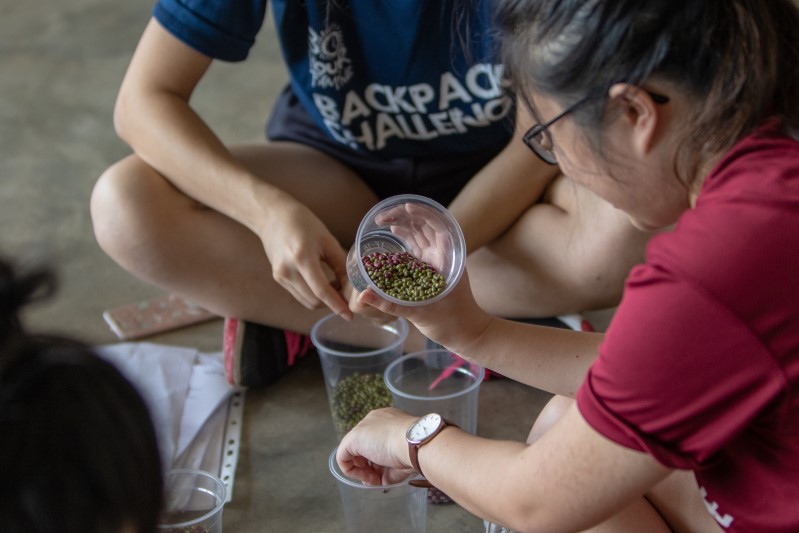
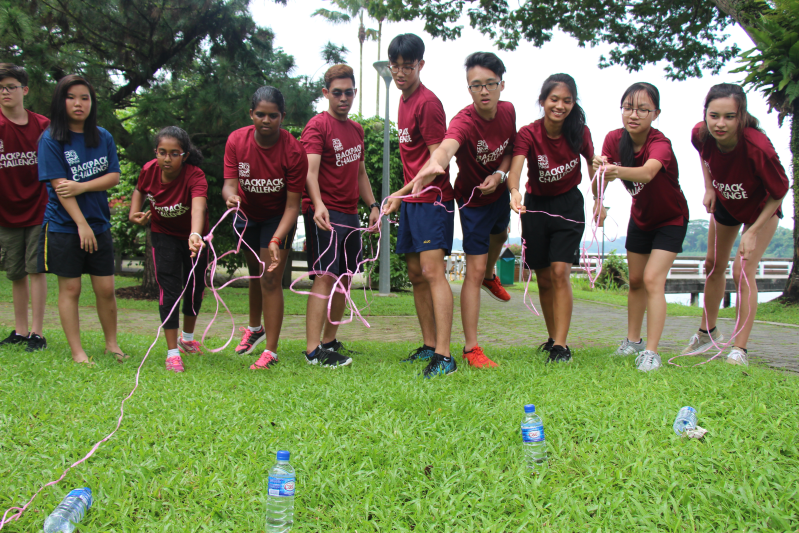

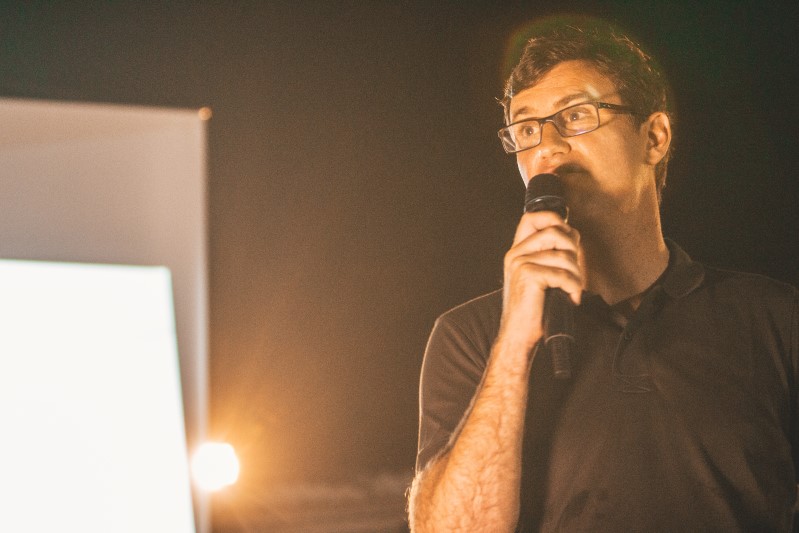
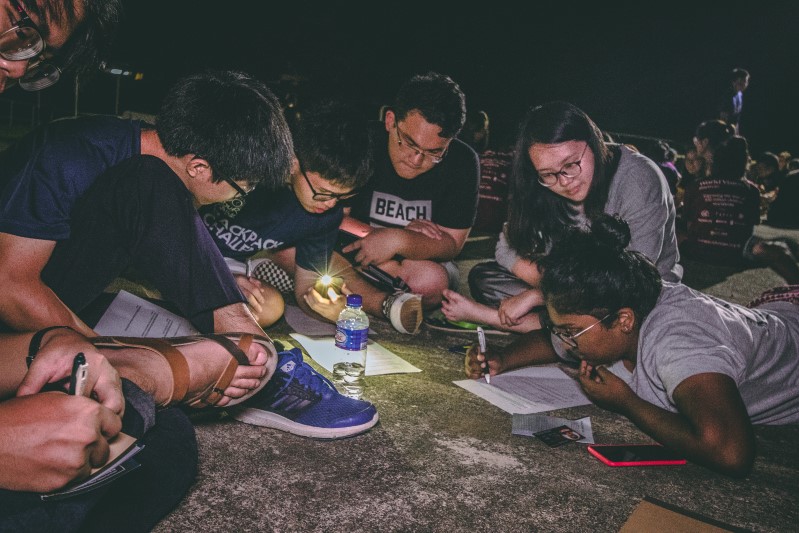
Campfire activities included writing to the child our team was advocating for
We ended off the night with group reflections, which included a rare opportunity to write letters to the individual children whom our respective teams were advocating for.
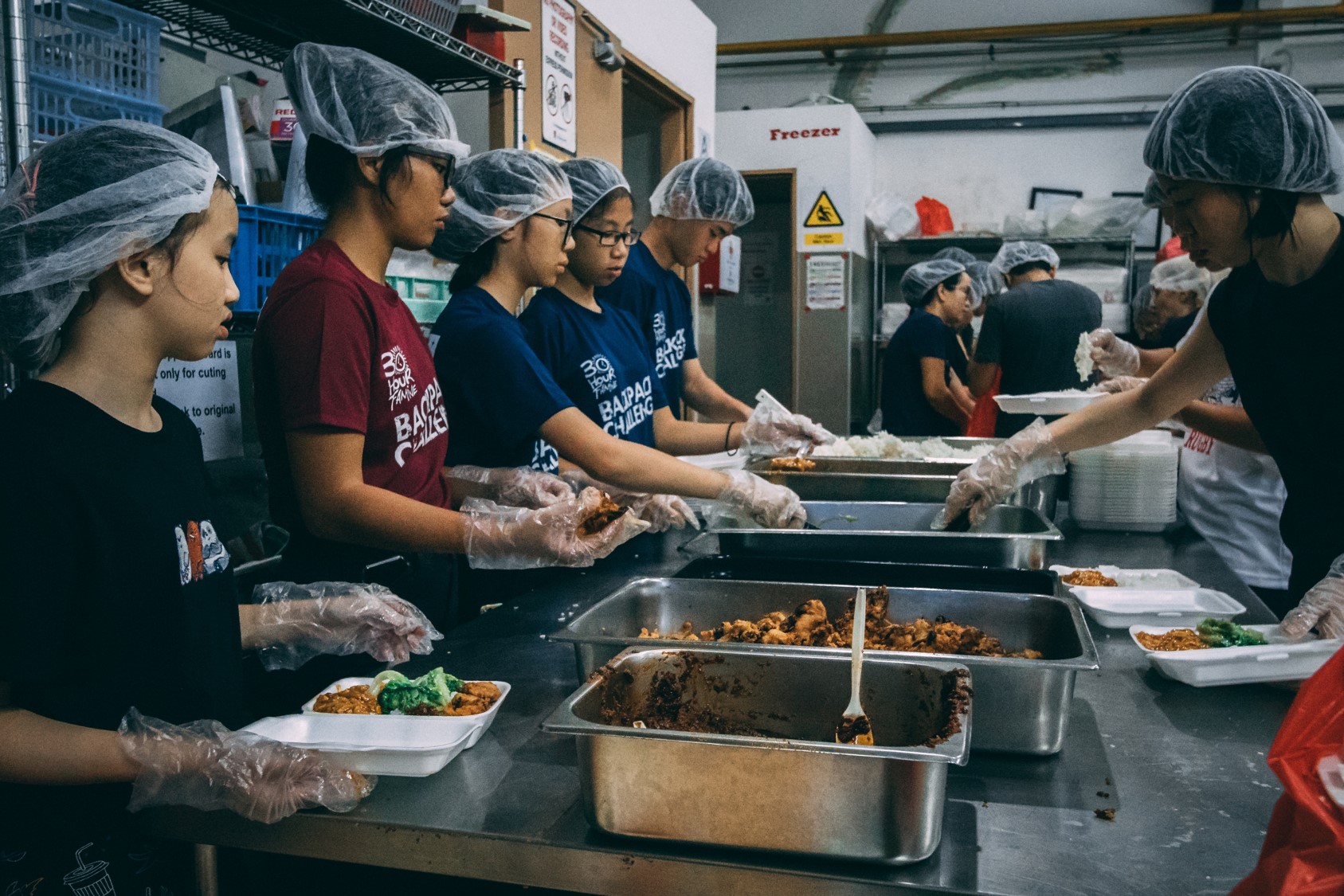
Service activities included food preparation for people in need in Singapore
On Day 2, teams started off early and participated in a range of community service activities in partnership with organisations which, like World Vision, share a passion for aiding and empowering disadvantaged families and their children, particularly in meeting their food security and educational needs. These included Willing Hearts, Food from the Heart, Ray of Hope, the Salvation Army, the Red Cross, the community blessings ministry team at Covenant Evangelical Free Church, and Times Publishing.
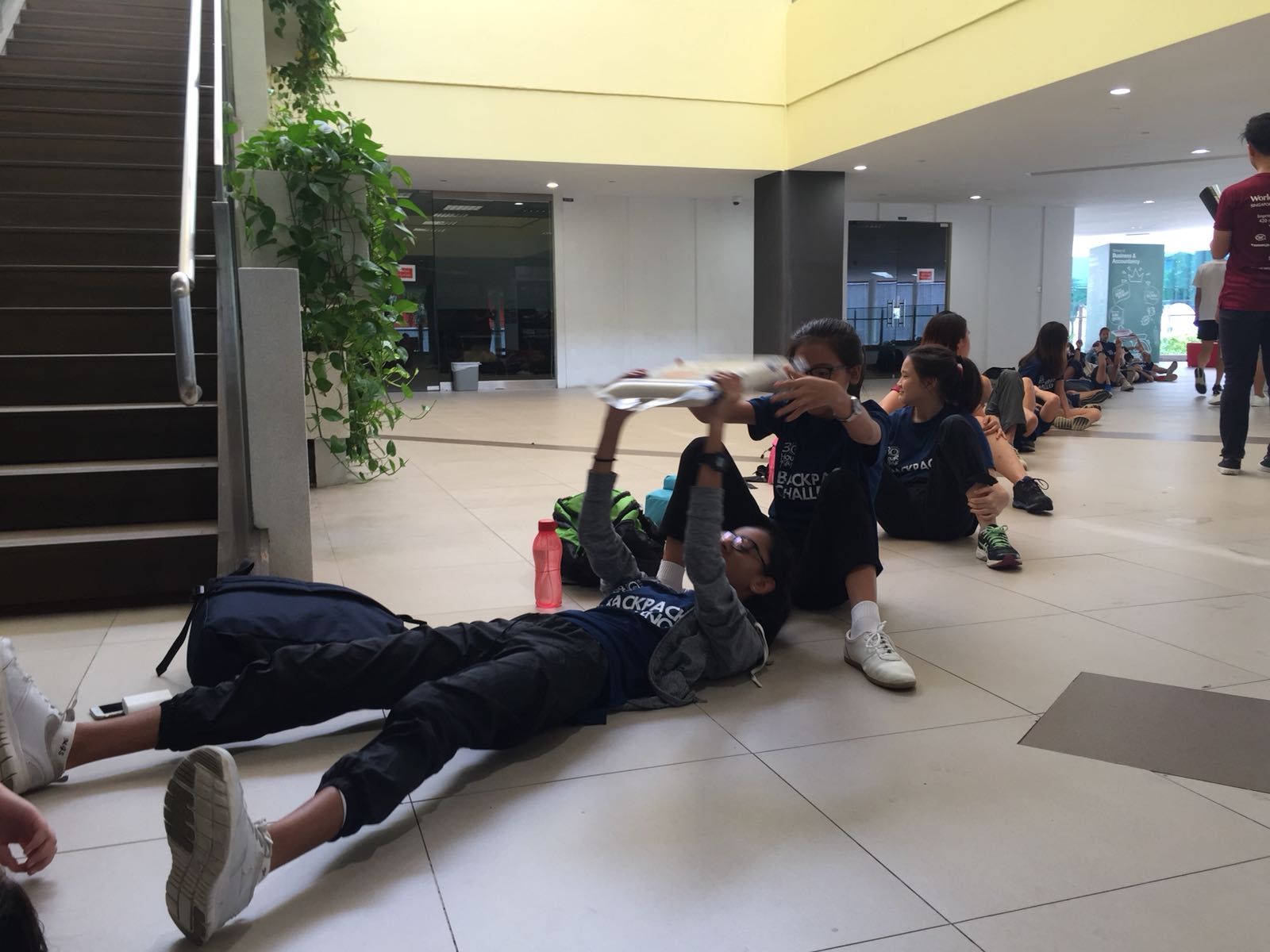
Our mass advocacy activity made it into the Singapore Book of Records!
The Backpack Challenge culminated in a mass advocacy activity at Ngee Ann Polytechnic, where we made it into the Singapore Book of Records for forming the longest sit-up conveyor belt to pass on twenty-three 5kg bags of rice! This activity signified the difficulty of transporting aid supplies to children and families based in hard-to-reach and hostile environments, as well as the teamwork exemplified by field workers overseeing humanitarian operations on the ground.
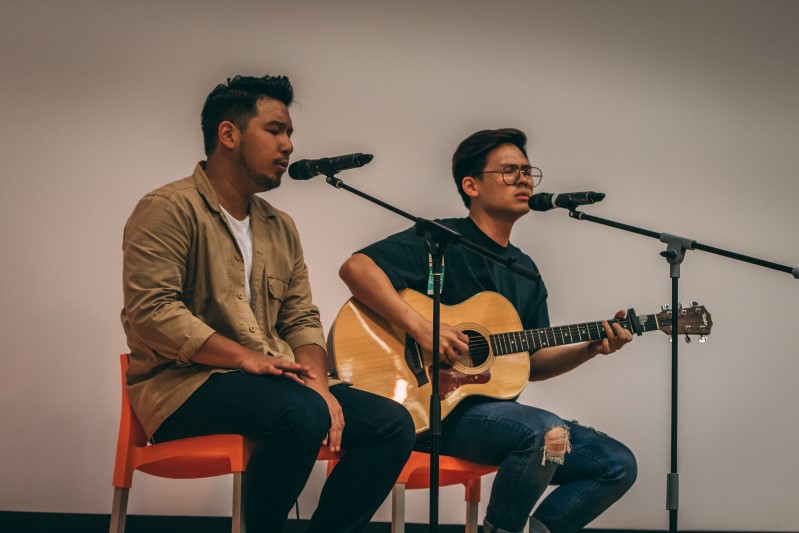
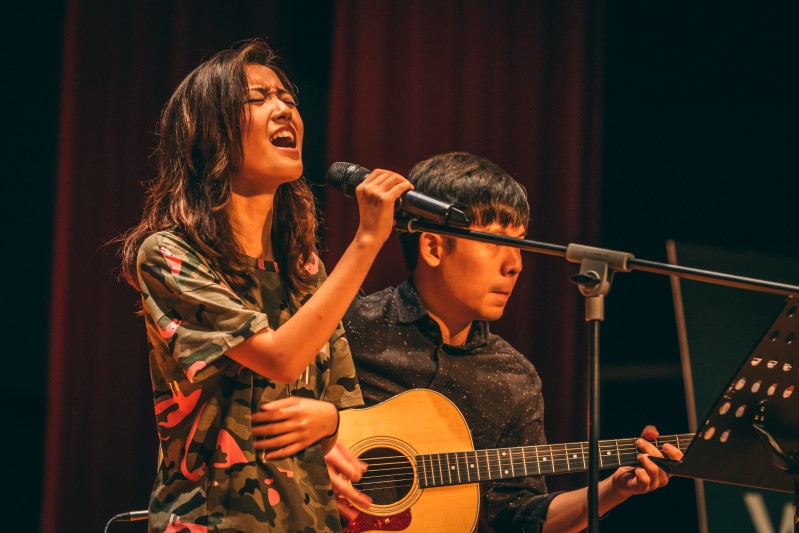
Following a closing celebration with guest performances from Aiken Chia and Annette Lee (Food King and Sue-Ann from SGAG), and a surprise mass dance by the camp leaders, we finally arrived triumphant at the breaking of the 30-hour fast.
I am grateful to have been a part of the 30 Hour Famine Camp in 2018. Having started out as a camper several years back, I was privileged to have played a bigger role in the execution of the camp this year, and acquired a deeper appreciation of how powerful it can be for like-minded youth to come together and make a stand for a world where children live free from hunger and fear. It was a challenging journey, but it was definitely a rewarding one.


